Nuwa [Korea Quality] / 누와 [한국관광 품질인증/Korea Quality]
1.1Km 2021-03-29
3-1, Pirundae-ro 5na-gil, Jongno-gu, Seoul
This hanok (traditional Korean house) is located deep in the Seochon Village, west of Seoul’s Gyeongbokgung Palace. Its tasteful renovation of a small 33 m2 hanok made it highly popular among the younger guests. The courtyard has a low maple tree and tastefully arranged stones, while the hanok is capable of accommodating up to 2 persons.
This L-shaped hanok has a full window wall facing the living room, which is furnished with a low walnut table and a bathtub. Visitors can enjoy premium tea at the table. The bathtub, which is connected to the table at one end, can be used mainly for a foot bath with bath salts that assist circulation. There is also a restroom in the building.
Nuwa’s bedroom has a circular window, much like the full moon, with a view of the garden and the fringes of the Inwangsan Mountain.
Musée d'Histoire de Séoul (서울역사박물관)
1.1Km 2023-08-25
55, Saemunan-ro, Jongno-gu, Seoul-si
+82-2-724-0274~6
Le musée d'Histoire de Séoul présente l'histoire et la culture de Séoul en partant de la préhistoire jusqu'à l'époque moderne en se centrant sur la période de la dynastie Joseon. Pour montrer l'histoire et la culture de Séoul qui est en plein essor pour devenir une métropole mondiale et en s'établissant comme espace culturel représentatif qui récupère, préserve, étudie et organise des expositions des patrimoines culturels, le musée d'histoire de Séoul joue le rôle de musée qui insuffle fierté et solidarité aux Séoulites et qui montre l'identité de notre culture aux étrangers.
Darakjeong (다락정)
1.1Km 2021-03-26
131-1, Samcheong-ro, Jongno-gu, Seoul
+82-2-725-1697
Darakjeong has been popular for a long time because of the simple taste of its traditional Mandu (Korean stuffed dumpling). Since its opening in 1991, tasty soup and scrumptious Mandu have been served. A fist-sized Mandu is fully packed with seasoned meat, bean-curd, and various vegetables. Its thick dough makes it chewy and delightful. For one person, “Manduguk”(boiled dumpling soup) is a good choice. The delicious and nourishing taste of Mandu goes well with the sweet, spicy, and fresh taste of the soup. Manduguk is served in a brass bowl which keeps the food warm while eating. For a large-size group, “Mandujeongol” cooked with various vegetables in a casserole is recommended. There are two types of Mandujeongol that have different tastes. The main characteristic of “Kimchi Mandujeongol” is its spicy flavor, which reminds people of the refreshing taste of Kimchi soup, and “Tojang Mandujeongol” expounds on the savory taste of bean-paste soup. Tojang means folk soybean-paste. “Nokdujeon”(a Korean pan-fried dish with green mung bean) is another famous dish at Darakjeong, which is pan-fried with a very light seasoning to emphasize the original taste of Nokdu (green mung bean). Salted oysters with hot pepper are served with Nokdujeon instead of soy sauce, which is a perfect match.
Parc Sajik à Séoul (사직공원(서울))
1.1Km 2022-09-19
89, Sajik-ro, Jongno-gu, Seoul-si
+82-2-2148-2834
Le parc Sajik est l’un des trois parcs les plus populaires de Jongno-gu, avec le parc Tapgol et le parc Samcheong. Situé à l’Ouest du complexe du gouvernement central, au Sud-Est du mont Inwang, le parc possède la taille impressionnante de 188,710 m².
Le nom du parc remonte à 1395, lorsque Taejo Lee Sung-gye construisit le premier Sajikdan (autel dédié aux divinités d’Etat), avec en son centre, le sanctuaire Jongmyo (sanctuaire ancestral royal). « Sa » désigne la divinité de la terre, tandis que « jik » se réfère au dieu des cinq céréales. Des rituels pour obtenir une bonne récolte avaient lieu régulièrement au Sajikdan. Néanmoins, le site n’a pas été reconnu officiellement comme parc jusqu’en 1922, lors de la période coloniale japonaise.
Dans le parc, on trouve plusieurs terrains de jeux, des statues de Sin Saimdang, Hwanghakjeong et Yi I (souvent mentionné sous son nom de plum « Yulgok »), ainsi que la bibliothèque municipale des enfants. Le sanctuaire de Dangun et la bibliothèque de Jongno se trouvent à proximité. En suivant le sentier près du parc Sajik pendant environ 5 minutes, les visiteurs peuvent atteindre le parcours de randonnée du mont Inwang relativement facilement.
Nagwon Bindaetteok (낙원빈대떡)
1.1Km 2021-03-19
3, Supyo-ro 22-gil, Jongno-gu, Seoul
+82-2-763-9515
This is a Korean cuisine located in Jongno, Seoul. An old restaurant located near Nakwon Music Mall. The best menu at this restaurant is mung bean pancake.
Jjamppong Zizon Jongno(짬뽕지존 종로)
1.1Km 2020-11-20
25 Samil-daero 15-gil Jongno-gu Seoul
+82-2-725-5161
It is a good restaurant, not only for meals but also for gatherings. This Chinese (cuisine) restaurant is located in Jongno-gu, Seoul. The representative menu is spicy seafood noodle soup.
Choryuhyang (초유향)
1.1Km 2017-11-23
24-10, Dadong-gil, Jung-gu, Seoul
This restaurant's feature items are its Samseon-nurungjitang, Dongpayuk, and Seafood Galbi. Seafood is plentiful in the Samseon-nurungjitang, making for a delicous soup base to which nicely browned rice is added later. When the browned rice is added to the soup base, a loud crackling noise is heard, which signals the beginning of a delicious meal.
Salon Sulla (살롱순라)
1.1Km 2021-03-30
75, Yulgok-ro 10-gil, Jongno-gu, Seoul
+82-2-6409-0027
It is a restaurant, decorated in a hanok style, that sells Western dishes. This Western dishes restaurant is located in Jongno-gu, Seoul. The most famous menu is pollack roe pasta.
Koreana Hotel (코리아나 호텔)
1.1Km 2021-06-21
135, Sejong-daero, Jung-gu, Seoul
+82-2-2171-7000
Koreana Hotel has been one of the top notch traveler's picks for more than 30 years, having the business motto 'comfort for our customers.'
The hotel is located at the Gwanghwamun fourway intersection, at the heart of Seoul, and provides 345 guest rooms. Amongst its dining facilities, the hotel boasts a Korean restaurant, Chinese restaurant, Japanese restaurant, and a Western restaurant, as well as a bar, coffee shops, and bakery. Eight banquet halls and a sauna are also available.
The hotel has operated as the main press center restaurant for the 1988 Seoul Olympics, and subsequently operated as the Olympic Village Restaurant for the Special Olympics. As a result of their successful operations, the hotel received lavish praise from the organizers, as well as from the players and staff for the high quality food and spectacular service.
Food & Culture Academy (푸드앤컬쳐 아카데미)
1.1Km 2018-03-29
116, Pirundae-ro, Jongno-gu, Seoul
Food & Culture Korea propose des cours de cuisine coréenne et des programmes d’activités culturelles culinaires pour les visiteurs étrangers depuis 2002. Les cours se font en anglais et en japonais. Les participants apprennent à confectionner de nombreux plats coréens, parmi lesquels le kimchi, le bulgogi, le tteokbokki ou le bibimbap d’une manière systématique, simple et amusante.
![Nuwa [Korea Quality] / 누와 [한국관광 품질인증/Korea Quality]](http://tong.visitkorea.or.kr/cms/resource/07/2707607_image2_1.jpg)
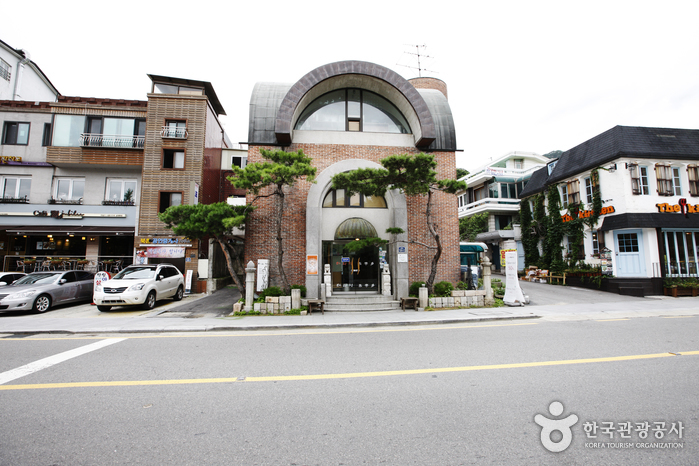
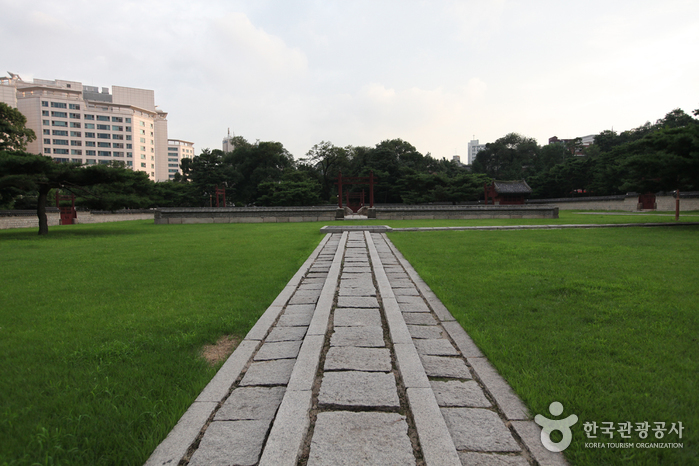
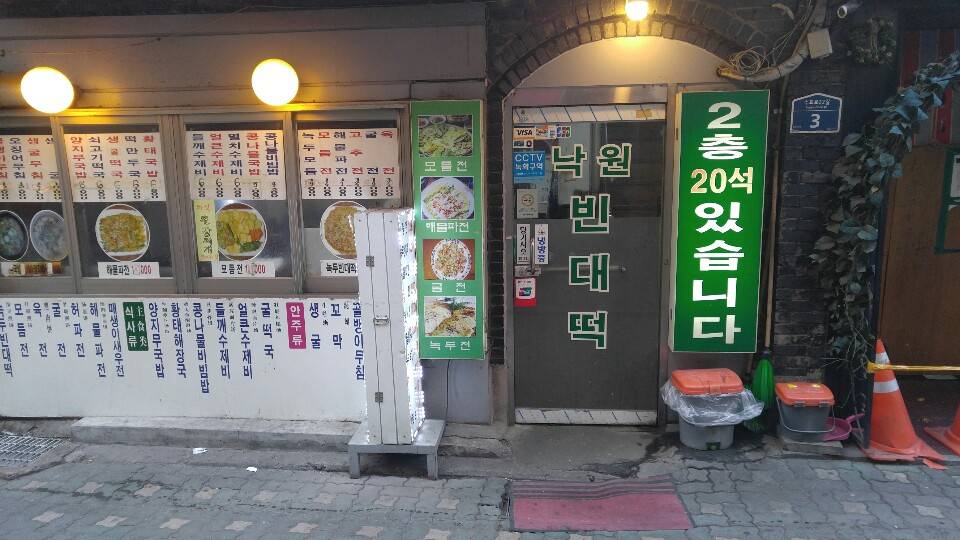
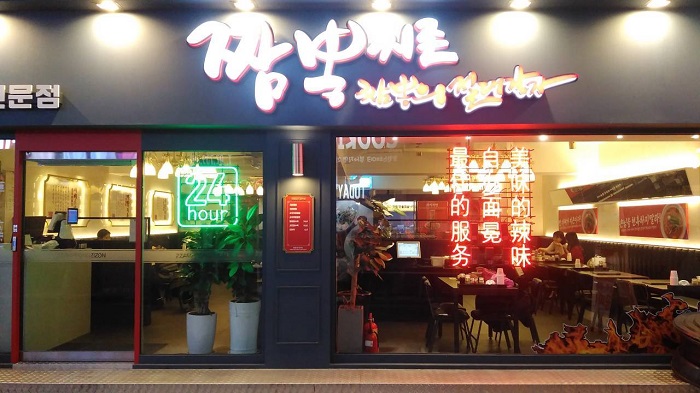

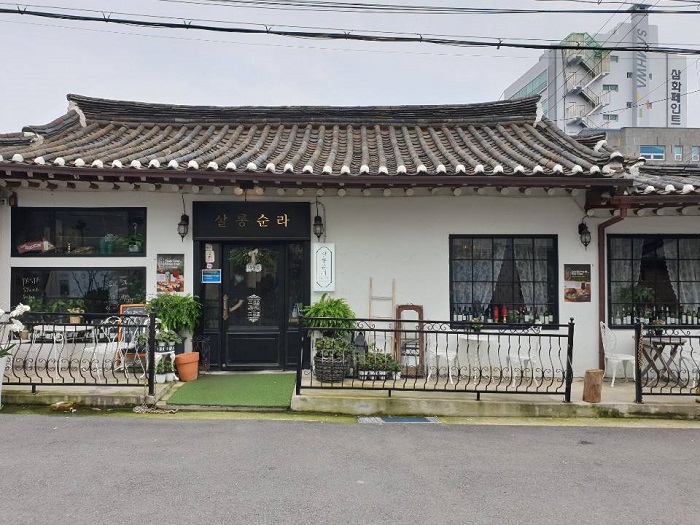
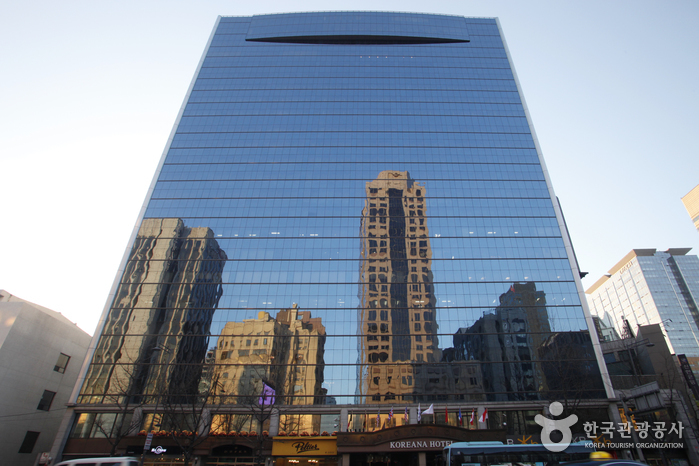
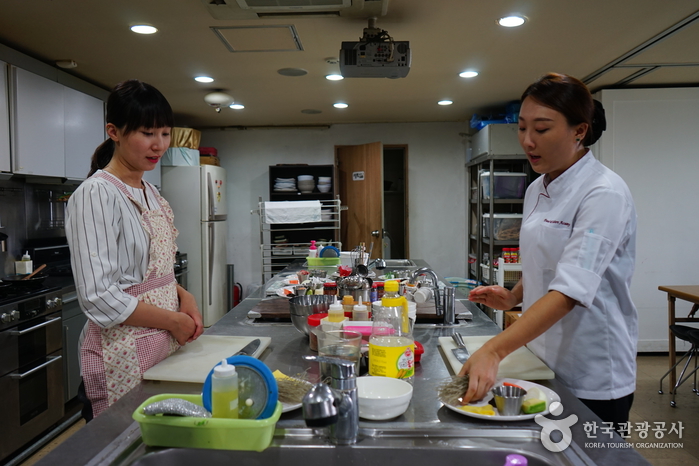
 Français
Français
 한국어
한국어 English
English 日本語
日本語 中文(简体)
中文(简体) Deutsch
Deutsch Español
Español Русский
Русский